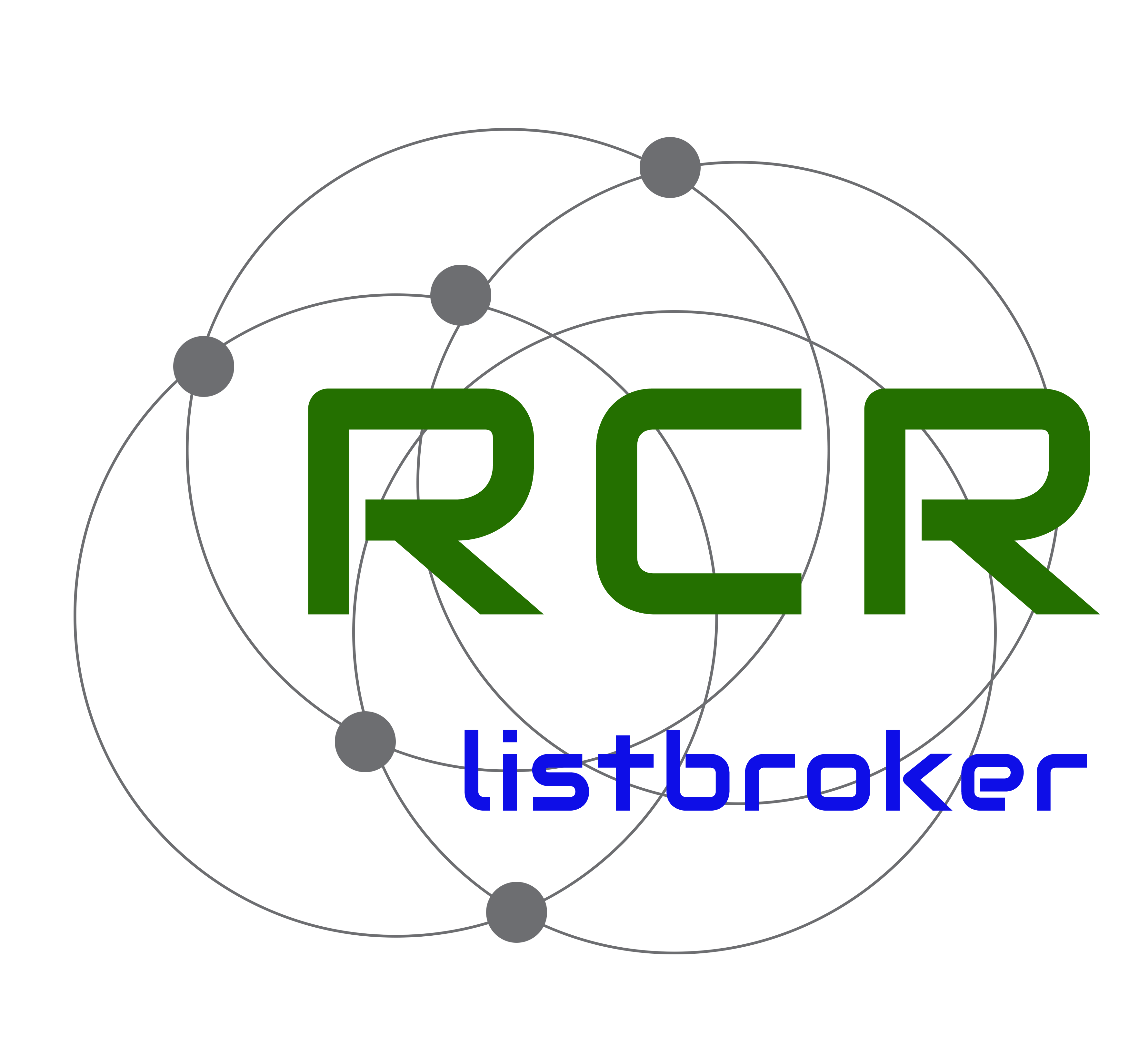This new paradigm of shared intelligence in 2015 became very popular because of the applications that are beginning to be known.
Multiple definitions emerged, almost all of them technological.
EXPERT DEFINITIONS
MCKINSEY (founder of McKinsey & Company), said that Big Data refers to data sets whose size makes them beyond the domain of related databases to capture, store, manage and analyse.
O’REILLY (founder and president of O'Reilly Media), refers to Big Data as data that exceeds the standard processing capacity of conventional database systems. The data is so big, moves so fast, or does not fit into the structure of existing database architectures.
WILFRAM ROZAS (Executive at IBM EOI Big Data), explains that this is data that our society produces massively and at all times and that its enormity is such that we have had to define new multiples to our measure of the amount of information (Zettabytes, the largest of all).
We talk about a lot of data, but all different:
- Structured data: which is storable in rows and columns; this is the type of data most commonly used by record-keeping systems that store transactions.
- Semi-structured data: structured data that does not conform to a fixed, explicit system. Web blogs use this type of data, for example.
- Unstructured or multi-structured data: in a format that cannot be easily indexed in related tables for analysis. These are image, audio and video data, for example.
The nature of the data is also very varied, we store demographic, socio-economic, geospatial, third party, social network, machine-generated, physical conditions such as weather, video, audio and a long etcetera that will grow with technological advances.
But all this data is of little use if it cannot be processed. We must transform data into information. Only Business Analytics promised a process of transforming data into information, information into knowledge and knowledge into intelligent action.
So I can ask ‘who should I target to get the best results from my campaign?
The merger of Big Data with Business Analytics has made it possible to push information to the limits of processing systems.
It can only be applied when the company has Big Data on its customers. Thus, by analysing and comparing data, it is possible to target each product for each customer, achieving FIDELISATION and more frequent purchases, by promoting the need based on consumer preferences.



